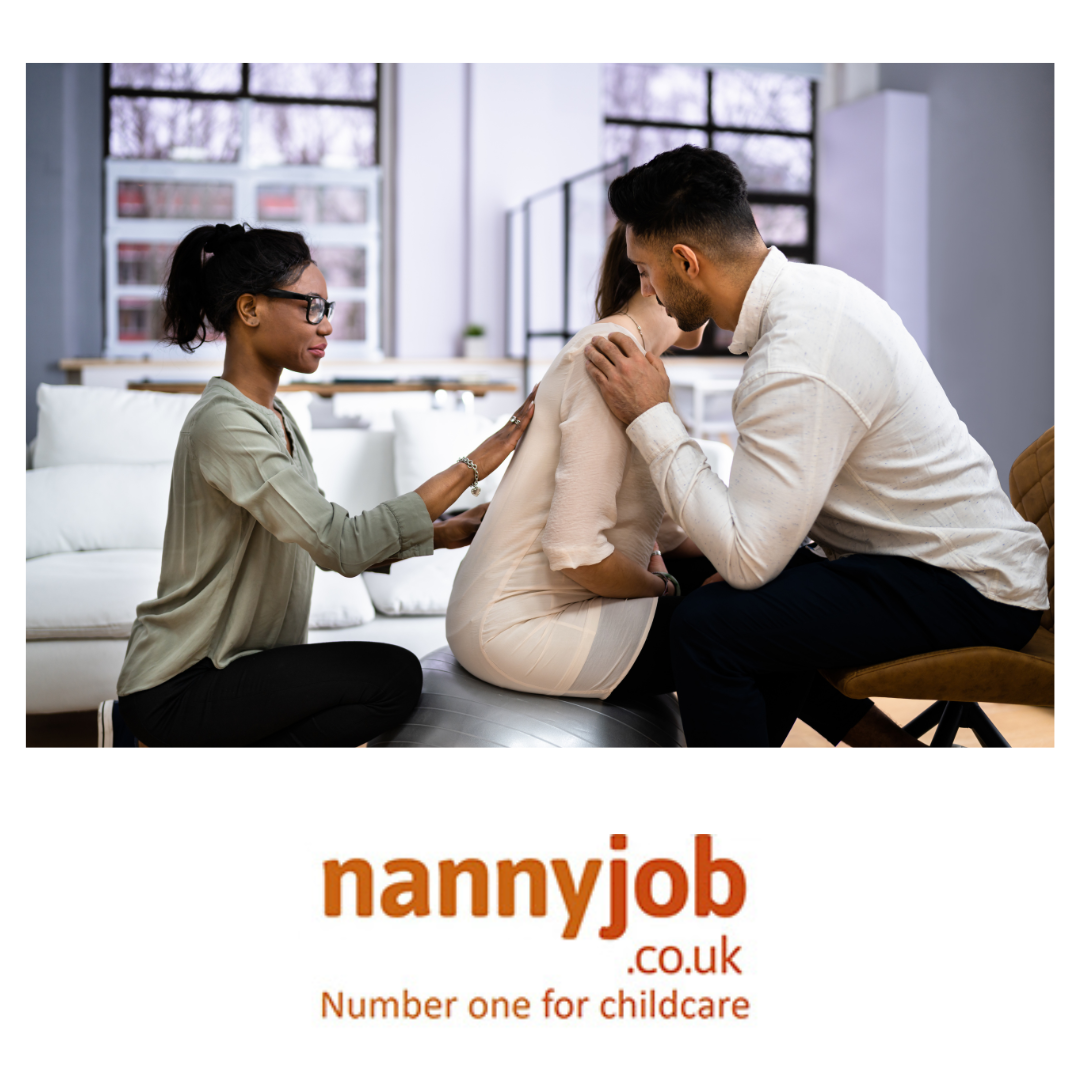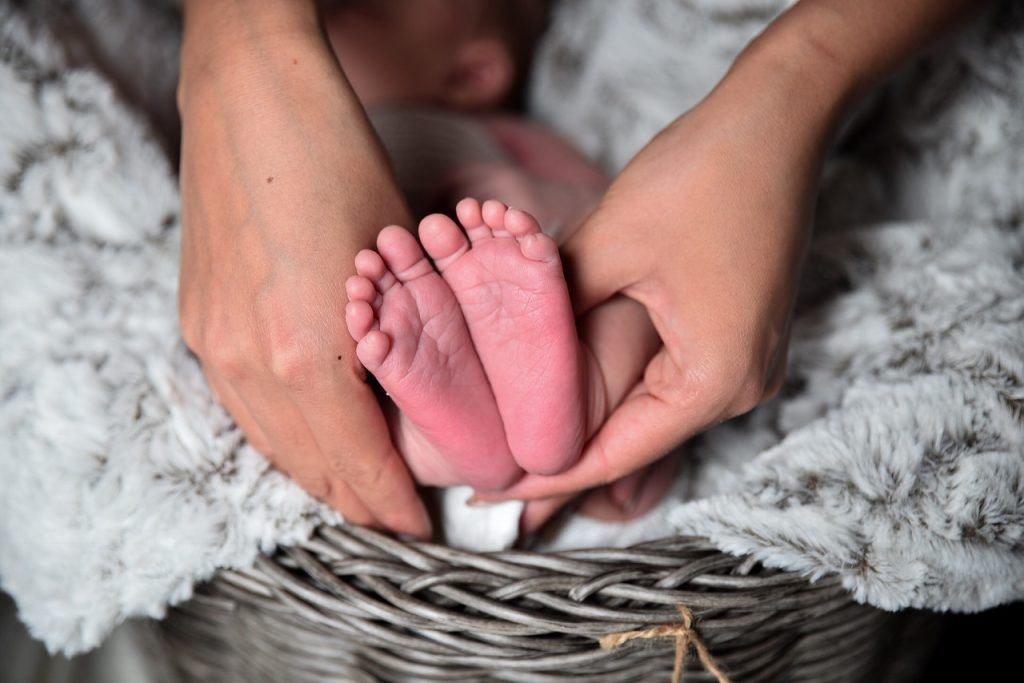Introduction
In the realm of childbirth and early parenthood, doulas play a critical and supportive role. A doula is a trained professional who provides continuous physical, emotional, and informational support to mothers before, during, and shortly after childbirth. This post explores the role of doulas, their responsibilities, and the benefits they offer to expecting families.
What is a Doula?
A doula, derived from the Greek word meaning “woman’s servant,” acts as a non-medical companion who supports mothers through the childbirth process. Unlike midwives, doulas do not provide medical advice or perform clinical tasks. Instead, they offer comfort, guidance, and advocacy, ensuring the mother’s experience is as calm and positive as possible.
What Doulas Do
1. Prenatal Support
During the prenatal phase, doulas help families prepare for childbirth. They provide education on childbirth options, help develop birth plans, and offer resources and techniques for managing pregnancy discomforts and stress.
2. Labor Support
Doulas are perhaps best known for their role during labor and delivery. They offer comfort through pain relief techniques such as breathing exercises, massage, and positioning suggestions. Doulas also serve as advocates for the mother, ensuring her birth plan is followed as closely as possible and facilitating communication between the mother and medical staff.
3. Postpartum Support
After childbirth, doulas continue to support mothers by offering help with breastfeeding, newborn care, and adjustments to family dynamics. They also provide emotional support to help mothers process their birth experience and transition into motherhood.
Benefits of Hiring a Doula
1. Reduced Risk of Medical Interventions
Research shows that continuous support during childbirth, like that provided by doulas, is associated with lower rates of medical interventions, including cesarean sections, and the use of forceps and vacuum extractors.
2. Emotional and Psychological Benefits
The presence of a doula during childbirth can lead to a more positive childbirth experience. Mothers supported by doulas often report feeling more satisfied with their birth experience, with decreased instances of postpartum depression.
3. Better Outcomes for the Baby
Studies suggest that babies born with doula support face fewer health issues at birth and higher breastfeeding success rates.
Conclusion
Doulas provide invaluable support to mothers and families during one of the most significant experiences of their lives. By focusing on non-medical care, they contribute to a holistic birthing process that prioritizes the mother’s physical comfort and emotional well-being. For many mothers, having a doula by their side is an essential part of their birth plan.






